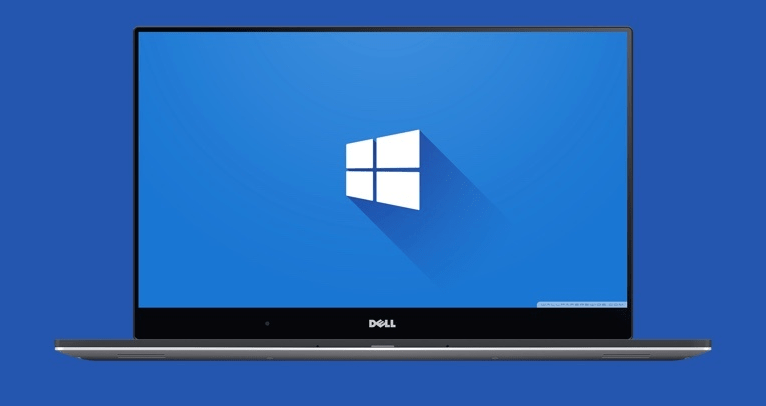When it comes to influencing purchase decisions, customer reviews have become a powerful driver in both marketplace and off-marketplace sales. Consumers trust the opinions of fellow buyers, often more than expert reviews or advertising campaigns. But how exactly do these reviews impact sales across different platforms, and what strategic insights can businesses draw from this behavior?
To understand the impact more clearly, we need to look at how marketplaces differ from off-marketplace environments like a brand’s own website or physical store. Each context presents unique challenges and opportunities for leveraging customer feedback.
The Psychology Behind Customer Reviews
Customer reviews serve as social proof. They provide a sense of reassurance by showcasing real-life experiences, helping reduce the uncertainty that comes with the buying decision.
According to multiple studies, over 90% of consumers read online reviews before purchasing, and nearly 84% trust them as much as personal recommendations. This trust applies in varying degrees across sales channels, from massive online marketplaces like Amazon to independent eCommerce websites. However, the influence of reviews varies greatly depending on the environment in which they are consumed.
Marketplace Sales: The Review Advantage
Online marketplaces such as Amazon, Etsy, or eBay thrive on a review-driven model. Here’s why:
- High visibility of reviews: Reviews are prominently featured next to product listings, giving shoppers instant access to peer opinions.
- Comparison-shopping behavior: Marketplaces encourage users to compare multiple similar products quickly. Reviews often become the deciding factor when price and features are comparable.
- Volume and credibility: Marketplaces typically accumulate a higher volume of reviews, which enhances perceived trustworthiness.
In this high-competition setting, a product with higher star ratings and more reviews can enjoy a significant uplift in conversion rates. A study by Spiegel Research Center shows products with at least five reviews are 270% more likely to be purchased than those with none.

Off-Marketplace Sales and Brand Control
In contrast, brands that operate through their own websites have more control—but also face different review dynamics:
- Limited exposure: Off-marketplace websites often attract a narrower, more brand-loyal audience, which can mean fewer reviews.
- Greater skepticism: Consumers may be less trusting of brand-hosted reviews due to perceived bias or lack of transparency.
- Customization opportunities: Brands can moderate, respond to, and use reviews strategically to align with their customer service goals and brand voice.
Off-marketplace sellers benefit immensely from integrating verified customer feedback tools, like Trustpilot or Yotpo, that add a layer of legitimacy. Highlighting user reviews at key touchpoints throughout the website—product pages, home screens, and even in checkout flows—can also boost customer confidence and conversion rates.
Impact on SEO and Discovery
Another crucial point is how customer reviews impact search engine optimization (SEO). For both marketplaces and brand-owned channels, reviews contribute fresh, keyword-rich content that helps improve product discoverability via search engines.
On marketplaces, this means higher visibility on internal search engines, making it more likely that consumers will find and click on the product. For off-marketplace websites, aggregated reviews can serve a similar role but often need to be optimized more deliberately for SEO value.

Strategic Takeaways for Sellers
Brands need to approach customer reviews as not just feedback, but powerful marketing assets. Here’s how sellers can harness the power of reviews across both sales channels:
1. Encourage Review Collection
Whether selling on a marketplace or directly through a website, always ask happy customers to leave reviews. Incentivize this through follow-up emails, loyalty rewards, or simple prompts.
2. Leverage Reviews in Marketing Material
Use positive reviews in ads, email campaigns, and product descriptions to enhance credibility.
3. Respond to Reviews
Engaging with customer reviews—especially the negative ones—shows responsiveness and builds trust. This is valuable in both environments but more visible on brand-owned platforms.
4. Analyze for Insights
Patterns in customer reviews can point to product flaws, unmet needs, or areas for innovation. Use this data for continual improvement.
Final Thoughts
Customer reviews are a double-edged sword that can elevate or hurt a brand. On marketplaces, they’re a competitive differentiator. Off-marketplace, they offer control and branding advantages. By understanding and strategically leveraging their influence, businesses can significantly increase both visibility and trust—no matter where they sell.





